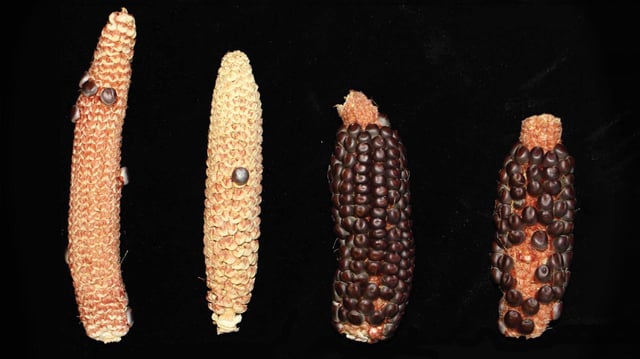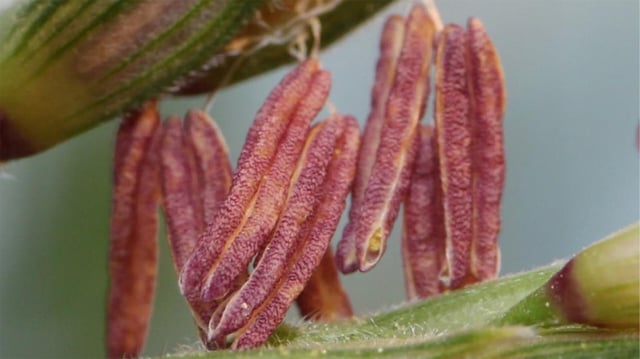Overview
- Researchers traced maize domestication back 9,000 years, highlighting its crossbreeding with teosinte mexicana.
- The Teosinte Pollen Drive (TPD) system allows corn to pass on advantageous traits by eliminating competing pollen.
- This genetic discovery explains maize's rapid adaptation to various climates and its widespread cultivation.
- The findings have significant implications for agriculture, including potential applications in crop improvement.
- The study draws parallels between the genetic processes in maize and those in animal domestication, including humans.

